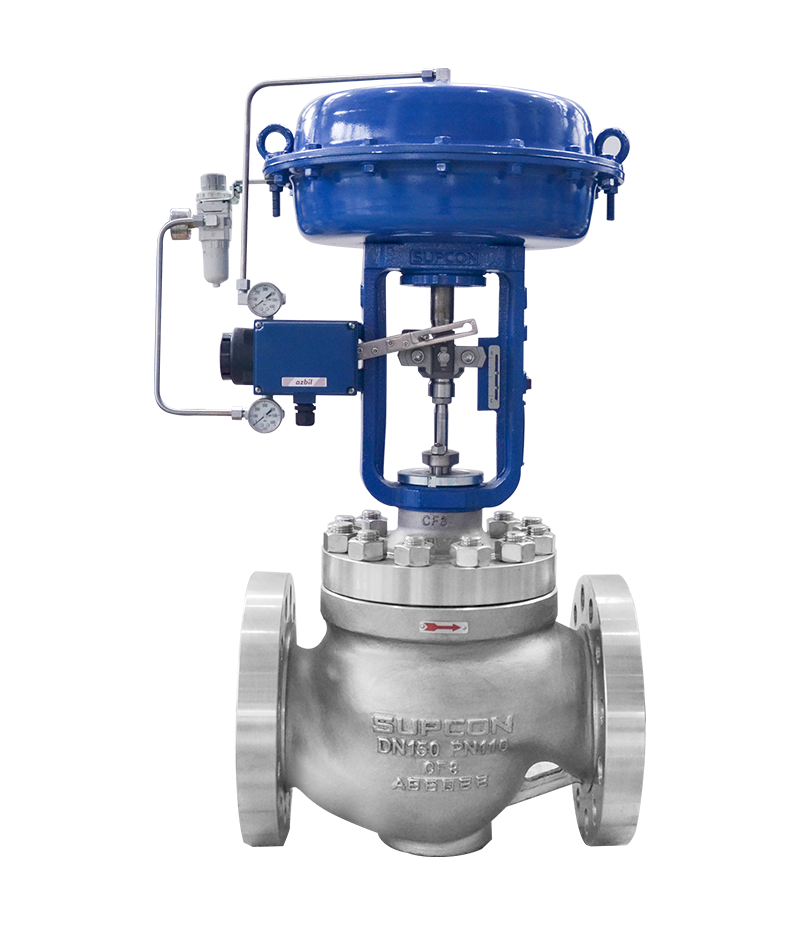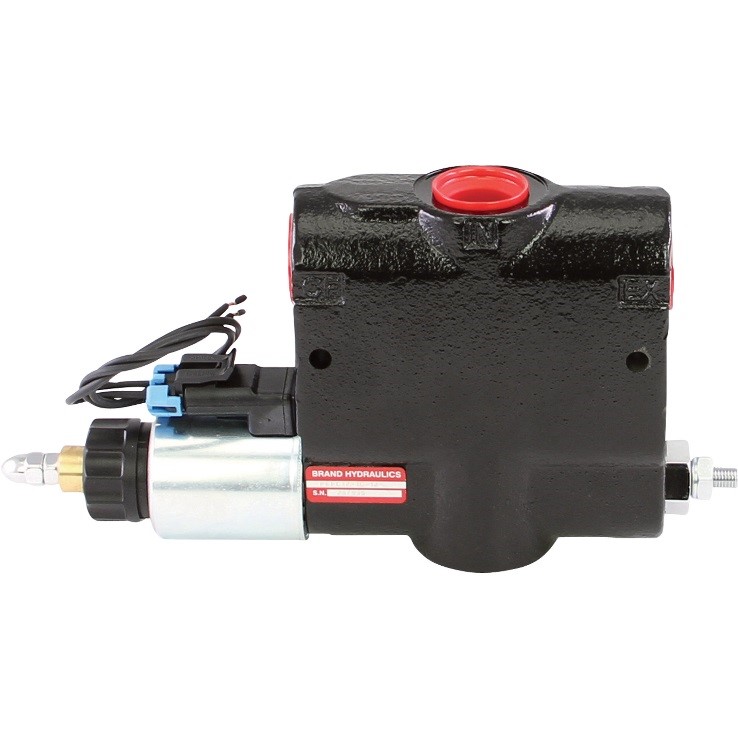Choosing the Right Control Valves: A Guide to Ideal System Efficiency
Achieve Seamless Assimilation and Control With High Quality Structure Automation Controls
In the realm of modern building administration, the importance of high quality structure automation controls can not be overstated. As technology continues to breakthrough, the assimilation and control of various systems within a structure have advanced to be more advanced and efficient. The seamless procedure and tracking of lights, A/C, safety and security, and various other building functions have actually ended up being critical for improving resident convenience, power efficiency, and overall functional efficiency. However, the trip towards attaining real integration and control is a diverse one, with considerations ranging from system compatibility to cybersecurity. Accepting high quality building automation controls is not simply an issue of convenience yet a tactical critical for organizations aiming to enhance their facilities' efficiency and sustainability.

Advancement of Structure Automation Controls
Throughout the past few years, the development of building automation controls has significantly changed the way structures are handled and operated. Constructing automation systems largely concentrated on fundamental features such as controlling ventilation, home heating, and air conditioning (A/C) systems. As modern technology advanced, these controls have actually ended up being more innovative, allowing for a bigger variety of building systems to be integrated and managed centrally.
The development of building automation controls has seen a shift in the direction of more smart systems that can adjust to altering conditions in real-time. This adaptability is important for enhancing energy effectiveness and making certain passenger convenience. In addition, modern structure automation controls currently provide attributes such as predictive upkeep, remote monitoring, and information analytics, enabling facility managers to make data-driven choices to boost building efficiency.

Advantages of Quality Assimilation
The advancement in building automation manages in the direction of more smart systems has actually underscored the significant benefits of high quality assimilation in maximizing structure operations and enhancing overall effectiveness. Quality integration of constructing automation controls offers numerous crucial benefits. Firstly, it leads to improved power efficiency by allowing various systems to function together perfectly, making sure ideal efficiency and lowering energy wastage. Second of all, high quality combination improves passenger convenience and performance by allowing personalized control over ecological settings like illumination, temperature, and air high quality. This personalization can cause a more helpful and comfortable working or living setting. Additionally, quality integration simplifies upkeep and repairing procedures, as all systems are adjoined and can be monitored and controlled from a centralized interface. This central control likewise provides better exposure and understandings right into building efficiency, making it possible for aggressive upkeep and optimization strategies. In general, the benefits of high quality look at these guys combination in structure automation controls are obvious, offering boosted performance, convenience, and operational performance.
Enhanced Customer Experience and Ease Of Access
Enhancing user communication with building automation regulates with user-friendly design and boosted ease of access boosts the overall experience for occupants and center supervisors alike. By focusing on customer experience, developing automation systems can become extra reliable and straightforward. Instinctive user interfaces, clear navigation, and personalized settings encourage individuals to communicate with the controls easily and properly.
Access functions play an important role in guaranteeing that all individuals, including those with specials needs, can make use of the building automation controls with simplicity. Incorporating attributes such as voice commands, tactile buttons, and color-contrasted display screens can boost access and make the controls much more inclusive.
In addition, enhanced individual experience leads to higher user contentment, increased efficiency, and much better decision-making. Occupants can adjust environmental settings according to their preferences, while facility managers can effectively keep an eye on and take care of structure systems - control valves. In general, prioritizing individual experience and access in structure automation controls adds to an extra smooth and productive structure atmosphere for all stakeholders included
Sustainable Practices With Automation

In addition, automation can assist in the integration of renewable resource sources such as photovoltaic panels or wind turbines into structure operations. By immediately readjusting energy usage based upon the accessibility of renewable resource, structures can even more minimize their dependence on non-renewable resources. This seamless assimilation of sustainable methods not only profits the environment yet likewise boosts the overall functional efficiency why not look here and cost-effectiveness of the building. With automation, structures can straighten with modern sustainability goals and add to a greener future.
Future Trends in Building Control Systems
In anticipation of advancing and progressing modern technologies sustainability methods, the trajectory of building control systems is poised to accept ingenious remedies and transformative methods. One popular trend forming the future of structure control systems is the raised assimilation of Artificial Knowledge (AI) and artificial intelligence. These technologies make it possible for buildings to adjust in real-time to changing conditions, maximizing energy intake and improving convenience for passengers. Additionally, the Internet of Points (IoT) is reinventing structure control systems by linking sensing units and devices to boost and simplify operations performance.
An additional crucial fad is the focus on cybersecurity measures to safeguard versus possible hazards to building automation systems. As structures come to be more interconnected, making sure robust cybersecurity procedures will be important to secure sensitive information and protect against unauthorized access.
In addition, the change towards cloud-based platforms is gaining energy, enabling systematized control and remote access to building systems. This assists in easier tracking, upkeep, and updates, boosting the general performance and adaptability of structure control systems. As modern technology proceeds to advance, these fads are expected to shape the future landscape of building automation controls, driving innovation and sustainability in the constructed environment.
Final Thought
Finally, constructing automation controls have advanced considerably, using various advantages such as enhanced user experience, accessibility, and lasting methods. Quality assimilation plays a key duty in accomplishing seamless control and reliable procedure of building systems. Future patterns in building control systems are most likely to concentrate on more improving automation capabilities for enhanced energy performance and overall efficiency. It is crucial for building owners and drivers to prioritize the adoption of top quality structure automation regulates to optimize structure operations and accomplish long-term sustainability objectives.
In the world of modern-day building monitoring, the significance of quality building automation controls can not be overstated. Generally, the advancement of structure automation manages continues to drive technology in the structure monitoring sector, providing new possibilities for producing smarter and a lot more lasting structures.
The advancement in building automation manages in the direction of more intelligent systems has highlighted the substantial advantages of top quality integration in maximizing building operations and boosting total effectiveness. On the whole, focusing on customer experience and access in structure automation controls contributes to a much more efficient and seamless structure atmosphere for all stakeholders included.
It is important for building proprietors and drivers to prioritize the fostering of top quality structure automation regulates to enhance building procedures and attain long-term sustainability objectives. - control valves